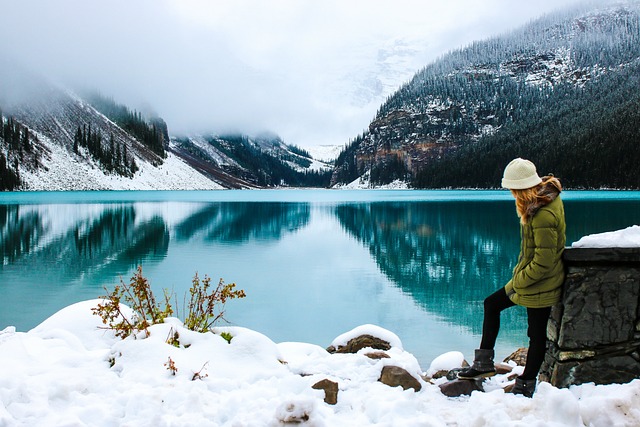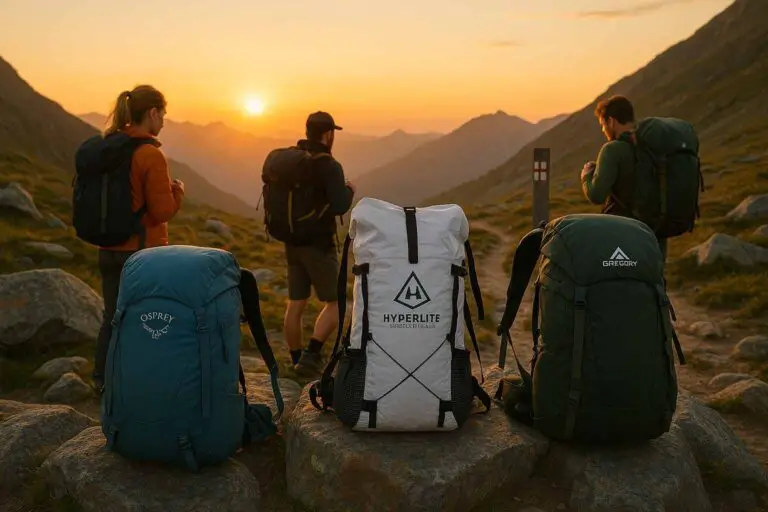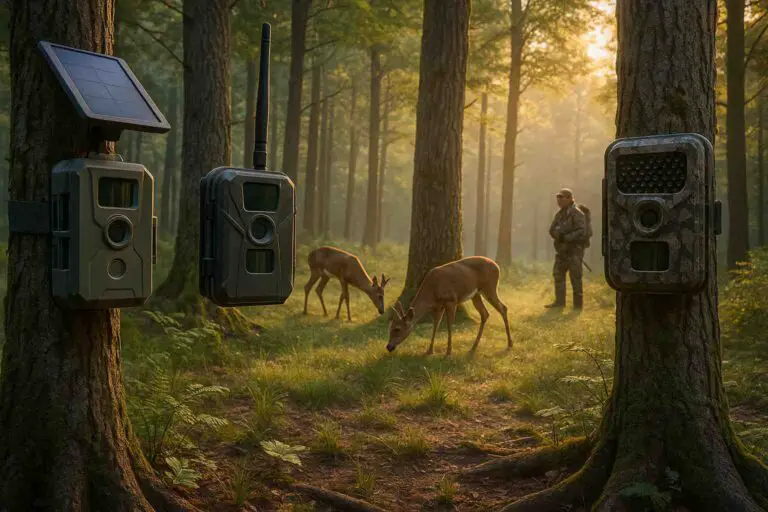Hiking is a popular outdoor activity enjoyed by millions of people worldwide. While many hikers prefer to hit the trails in the warmer months, there is a growing interest in cold-weather hiking. Hiking in colder temperatures can provide a unique and rewarding experience, but it also presents challenges that can be hazardous if not properly addressed. In this ultimate guide to cold-weather hiking, I will share expert tips and essential gear to help you prepare for a safe and enjoyable adventure. As an experienced cold-weather hiker, I will share my knowledge and expertise to help you navigate the challenges and reap the rewards of hiking in cold weather.
Planning Your Cold Weather Hike
When it comes to planning a cold-weather hike, preparation is key. Before hitting the trail, it’s important to research and choose a suitable trail based on your fitness level, experience, and weather conditions. Here are some essential tips to help you plan your cold-weather hike:
- Research the Trail: Choose a trail that is suitable for your skill level and experience. Consider the distance, elevation gain, and terrain of the trail. Take into account how long it will take to complete the hike and how much daylight you will have. If you are not familiar with the trail, do some research to find out about potential hazards or obstacles.
- Check the Weather Forecast: Cold weather hiking can be enjoyable, but it’s important to be aware of the weather conditions. Check the weather forecast for the day of your hike and plan accordingly. Dress appropriately for the expected temperature, wind, and precipitation.
- Notify Someone: Always let someone know where you are going and when you expect to return. Provide them with a copy of your hiking itinerary, including your planned route and any alternate routes. This will help rescuers locate you if you get lost or injured.
- Pack Emergency Essentials: Be prepared for unexpected situations by packing essential items such as a map, compass, first aid kit, and whistle. These items can help you navigate the trail, tend to minor injuries, and signal for help if needed.
- Dress in Layers: Dressing in layers is essential for staying warm and comfortable during a cold-weather hike. Wear moisture-wicking base layers to regulate body temperature and prevent sweat buildup, and add insulated mid-layers for warmth. Top it off with a waterproof and windproof outer layer to protect against rain, snow, and wind.
Always be aware of your surroundings and stay alert for any potential hazards.
Essential Cold Weather Hiking Gear
When it comes to cold-weather hiking, having the right gear can make all the difference. Here are 7 essential cold-weather hiking gear items that you should consider packing for your next adventure:
1. Insulated and Waterproof Hiking Boots
Your feet are your most important asset on the trail, so investing in a pair of insulated and waterproof hiking boots is essential. These boots will keep your feet warm and dry in cold and wet conditions and provide the necessary support and traction for rugged terrain.
2. Moisture-wicking Base Layers
Moisture-wicking base layers are designed to regulate body temperature and prevent sweat buildup, which can cause you to feel cold and uncomfortable. Look for base layers made of materials such as merino wool or synthetic fabrics that can wick away moisture from your skin.
3. Insulated Mid-Layers
Insulated mid-layers such as fleece or down jackets provide warmth in colder temperatures. Choose a mid-layer that is lightweight and easy to pack, but still provides enough insulation to keep you warm.
4. Waterproof and Windproof Outer Layers
A waterproof and windproof outer layer is essential for protecting against rain, snow, and wind. Look for a jacket that is breathable to prevent you from getting too sweaty, but also has the necessary waterproof and windproof features to keep you dry and warm.
5. Warm Hat, Gloves, and Neck Gaiter or Scarf
Heat loss from your head, hands, and neck can be significant, so be sure to pack warm and insulated accessories such as a hat, gloves, and a neck gaiter or scarf.
6. Sunglasses or Goggles
The glare from the snow and sun can be harmful to your eyes. Protect your eyes by packing a pair of sunglasses or goggles that are designed for winter conditions.
7. Trekking Poles
Trekking poles provide stability and support on slippery or uneven terrain, which can help prevent falls and injuries. They can also help you conserve energy by distributing your weight more evenly.
By packing these essential cold-weather hiking gear items, you’ll be better prepared to tackle the trail and enjoy your cold-weather hiking adventure. Remember to also bring along any additional gear that is specific to your hike, such as crampons or snowshoes if the trail is covered in snow or ice. (Here’s how to keep your shoes dry when hiking.)
Cold Weather Hiking Techniques
Hiking in cold weather requires different techniques and strategies than hiking in warmer temperatures. The following are six cold-weather hiking techniques to keep know and practice.
- Proper Breathing Techniques: Breathing in cold air can be a shock to your system and make it harder to catch your breath. Take slow, deep breaths through your nose to help warm up the air before it reaches your lungs. This will also help prevent dehydration, which can be a common issue in cold weather.
- Take Frequent Breaks: Cold weather hiking can be physically demanding, and it’s important to take frequent breaks to hydrate, snack, and rest. Use your breaks to check for any signs of cold-related injuries, such as frostbite or hypothermia.
- Keep Moving: Moving helps generate body heat and can help prevent you from getting too cold. If you need to stop for a break, do some light exercise, such as jumping jacks, to get your blood flowing.
- Adjust Your Pace: Cold-weather hiking can be more challenging than hiking in warmer temperatures, so it’s important to adjust your pace accordingly. Don’t push yourself too hard, and take breaks as needed.
- Be Aware of Your Energy Levels: Cold weather hiking can be mentally and physically demanding. Be aware of your energy levels and don’t hesitate to turn back or adjust your route if needed.
- Watch for Signs of Hypothermia and Frostbite: Hypothermia and frostbite are serious conditions that can be life-threatening. Watch for symptoms such as shivering, confusion, or numbness and seek medical attention if needed.
Remember to listen to your body and adjust your pace and route as needed. With the right preparation and mindset, cold-weather hiking can be a rewarding and unforgettable adventure.
Preparing for Emergencies
No matter how prepared you are, emergencies can happen during cold weather hiking. Being prepared for emergencies can make a big difference in your safety and comfort on the trail. Here are some tips on how to prepare for emergencies while cold weather hiking:
- Carry a Fully Charged Phone and Emergency Contact Information: Always carry a fully charged phone and make sure to inform someone of your hiking plans and expected return time. In case of an emergency, you’ll be able to call for help, and someone will know to raise the alarm if you don’t return as planned.
- Know Basic First Aid Techniques and Carry a First Aid Kit: Knowing basic first aid techniques can help you tend to minor injuries on the trail. Carry a first aid kit that includes items such as bandages, antiseptic, and pain relief medication.
- Know How to Build a Fire and Carry Waterproof Matches or a Lighter: Building a fire can be a great way to stay warm and dry during an emergency. Carry waterproof matches or a lighter and know how to build a fire in cold weather conditions.
- Carry Extra Food, Water, and Warm Clothing: In case of an unexpected emergency, it’s important to have extra food, water, and warm clothing on hand. Carry high-energy snacks such as nuts or energy bars, and bring extra water in a thermal flask. Pack extra warm clothing such as a hat, gloves, and a jacket to keep you warm in case of an emergency.
- Know Your Route and Be Prepared to Change It: Before heading out on the trail, make sure you have a clear idea of the route you’ll be taking. However, be prepared to change your route if conditions change or if an emergency arises.
Conclusion
In conclusion, cold-weather hiking can be a rewarding and unique experience, but it requires proper preparation and gear to ensure a safe and enjoyable adventure. Planning your hike, packing essential gear, using proper techniques, and preparing for emergencies are all crucial elements of a successful cold-weather hike.
By following the tips and guidelines outlined in this ultimate guide, you’ll be better equipped to navigate the challenges of cold weather hiking and enjoy the beauty and tranquility of winter landscapes. Remember to always prioritize safety, listen to your body, and be aware of your surroundings. With the right preparation and mindset, cold-weather hiking can be a truly unforgettable experience.
Next Read: What temperature is too hot for hiking? Explained








